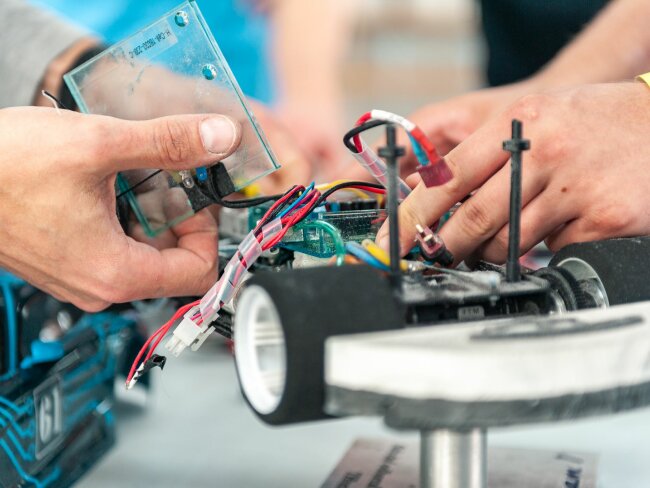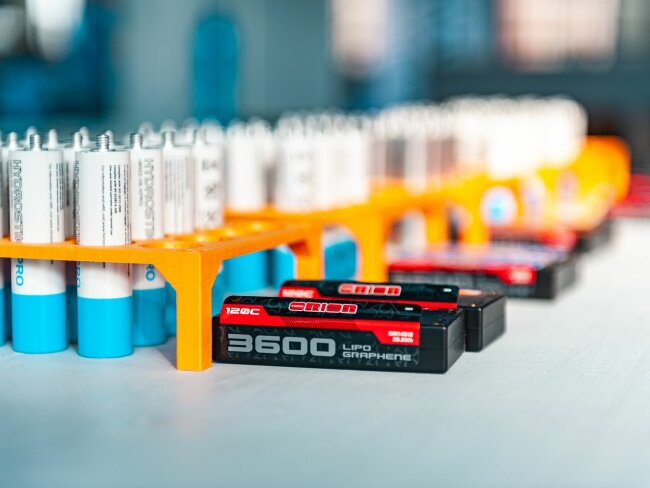The Incredible Science Behind Hydrostiks
Every Horizon Hydrogen Grand Prix (H2GP) race has an essential component, and it comes in the shape of a small cylinder. When teams from all over the world gather to race their hydrogen-powered cars – storing hydrogen effectively becomes critical to success.
This is where Hydrostiks come into play. Offering the ability to store 10L of hydrogen gas in just a few square centimeters of storage space, Hydrostiks power H2GP PRO race cars in all Hydrogen Grand Prix races. But how does this technology actually work? In this article we’ll explore all aspects of the Hydrostiks – from how they are used, to what technology they contain and their benefits over other forms of hydrogen storage.
What is a Hydrostik?
In its most basic form, a Hydrostik is a thumb-sized hydrogen storage cartridge. Yet despite their small size, these pieces of technology can fuel anything from a 1:10-scale fuel cell car to whole science demonstration kits. In fact, a single Hydrostik contains enough hydrogen to deliver up to 1 hour of power at 10W, and it can be recharged up to 100 times. To get the same amount of energy you’d need over 1000 AA batteries.
Once you use up all the hydrogen, a Hydrostik can either be exchanged for a full cartridge or refilled with Horizon’s Hydrofill – an on-demand, tabletop refueling station that creates hydrogen from distilled water.


The Technology Inside Hydrostiks
Hydrostiks are packed with some of the most fascinating hydrogen technology available on the market today. Most of this technology is focused on a single problem: how to store 10L of hydrogen gas in a container the size of a human thumb? The answer – surprisingly – is in the form of metal dust.
Hydrostik cartridges contain a cloud of metal dust that performs an interesting task: absorbing hydrogen gas. This dust (called a metal hydride) is a complex combination of various metals – Iron, Titanium, Zirconium, Chromium among many others – and these metals chemically bind with hydrogen when the gas is pumped in. It is this chemical reaction that allows large amounts of hydrogen gas to bind with the gas and be stored in the small space of the cartridge. Once the cartridge valve is released and air pressure reduced, hydrogen gets released from the metals – being able to flow to fuel cells and provide them with power.
There are other benefits of this technology: since the hydrogen is stored within the metals and not as a gas – these tanks have an extremely low risk of accidental leaks. They also need to be kept under only half as much compression (30 bar) than if compression was used alone. It’s for this reason that high school students around the world can safely learn about the fascinating world of hydrogen technology while using Hydrostiks to power their Hydrogen Grand Prix race cars.
Interested in learning more about how Horizon Educational students use Hydrostiks? Visit h2grandprix.com

